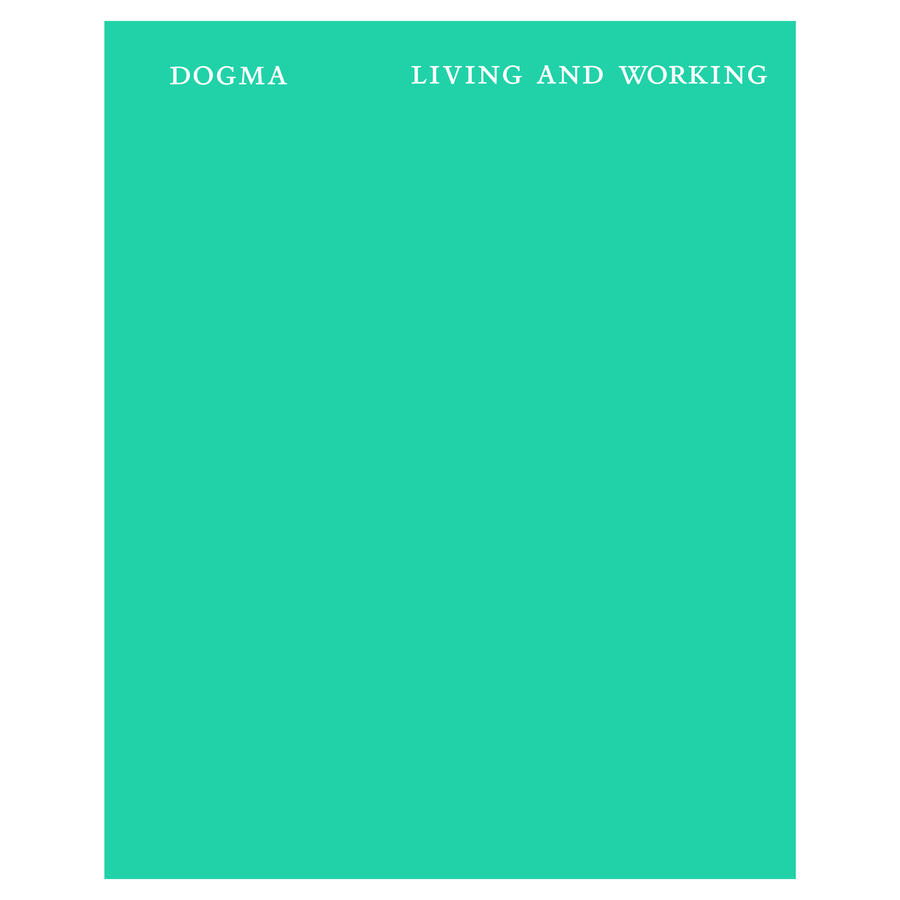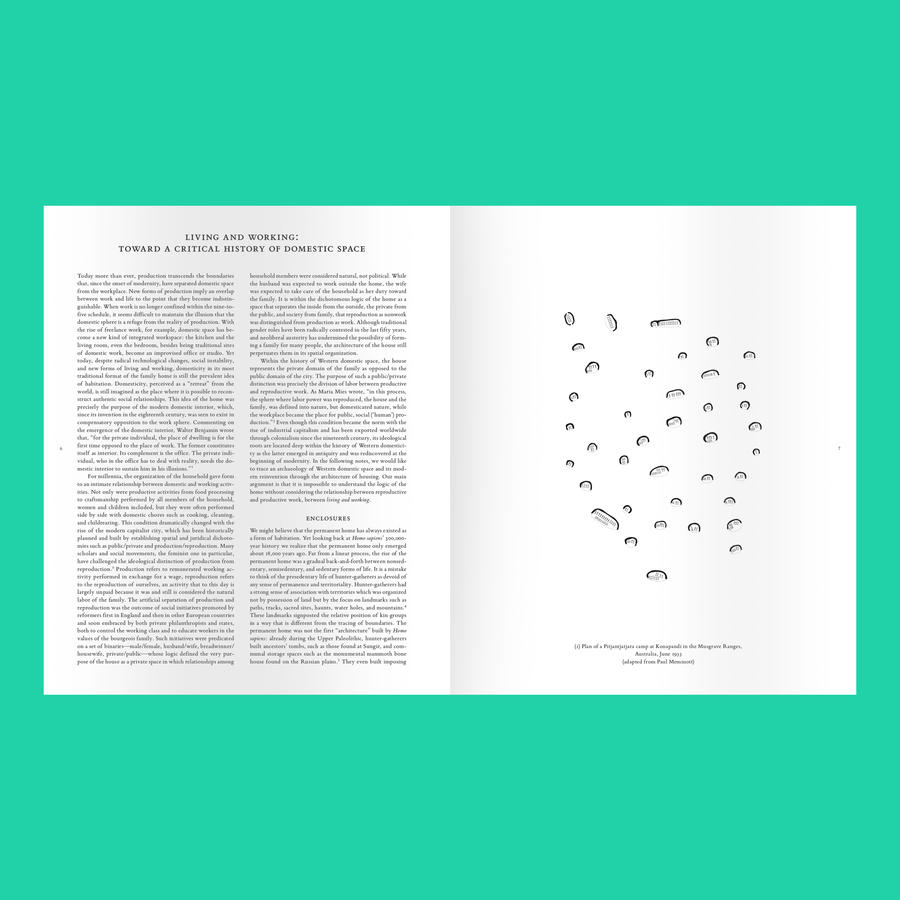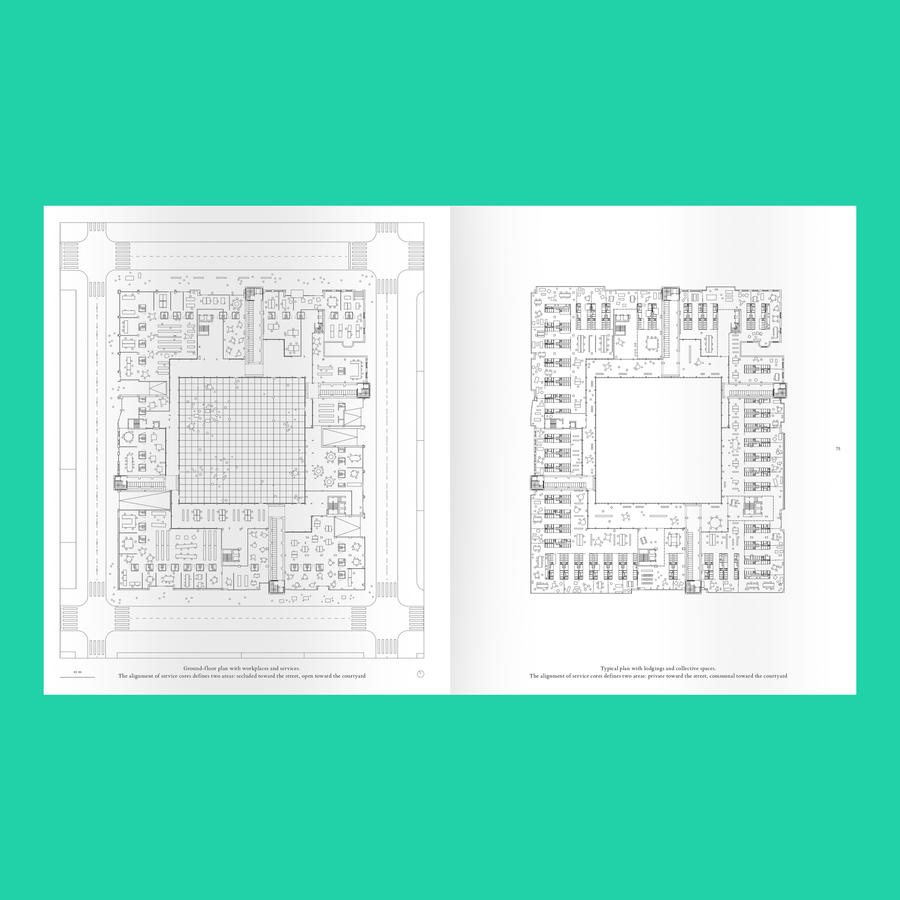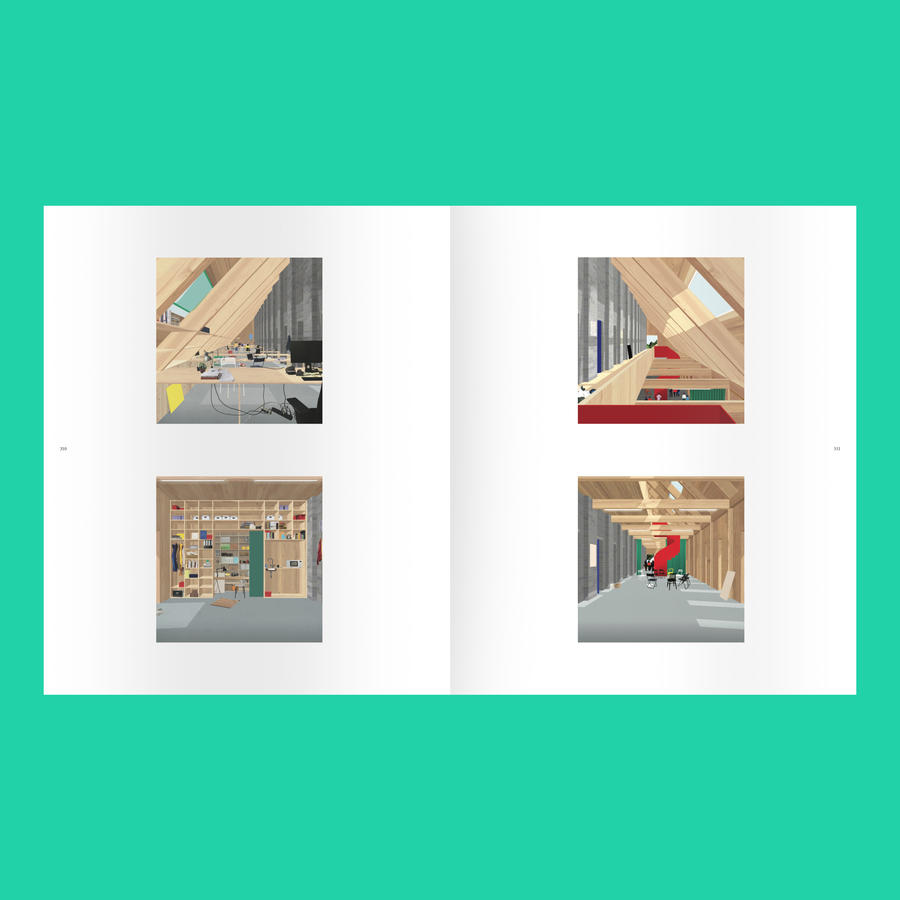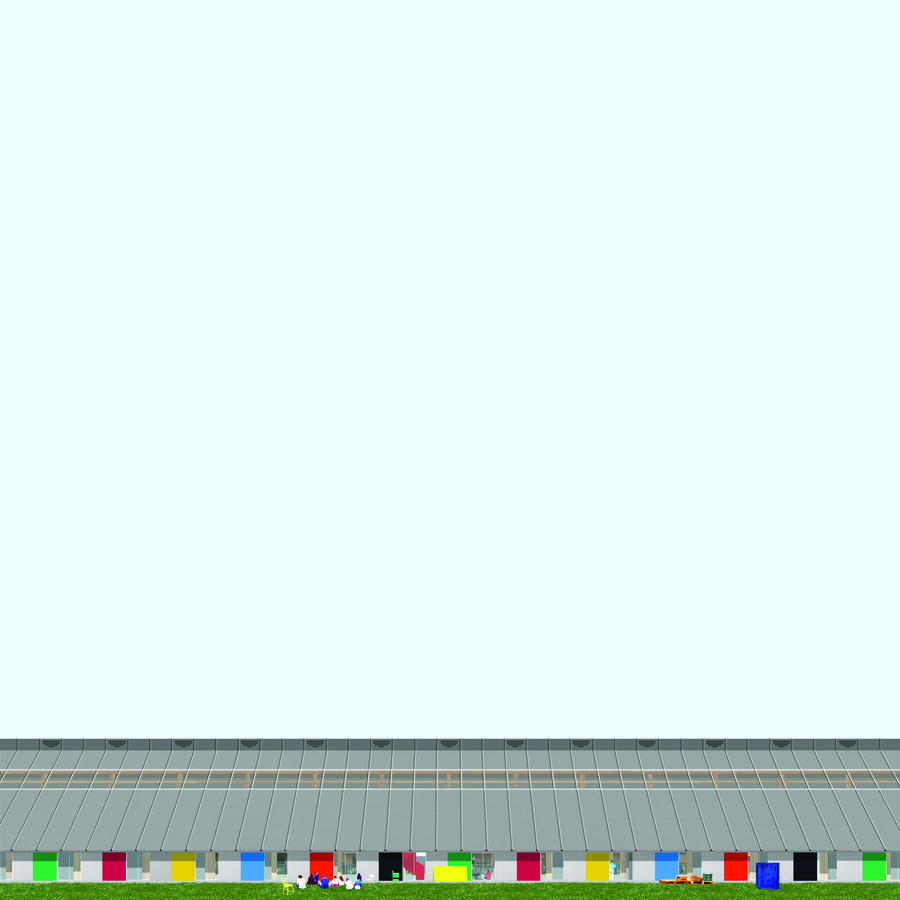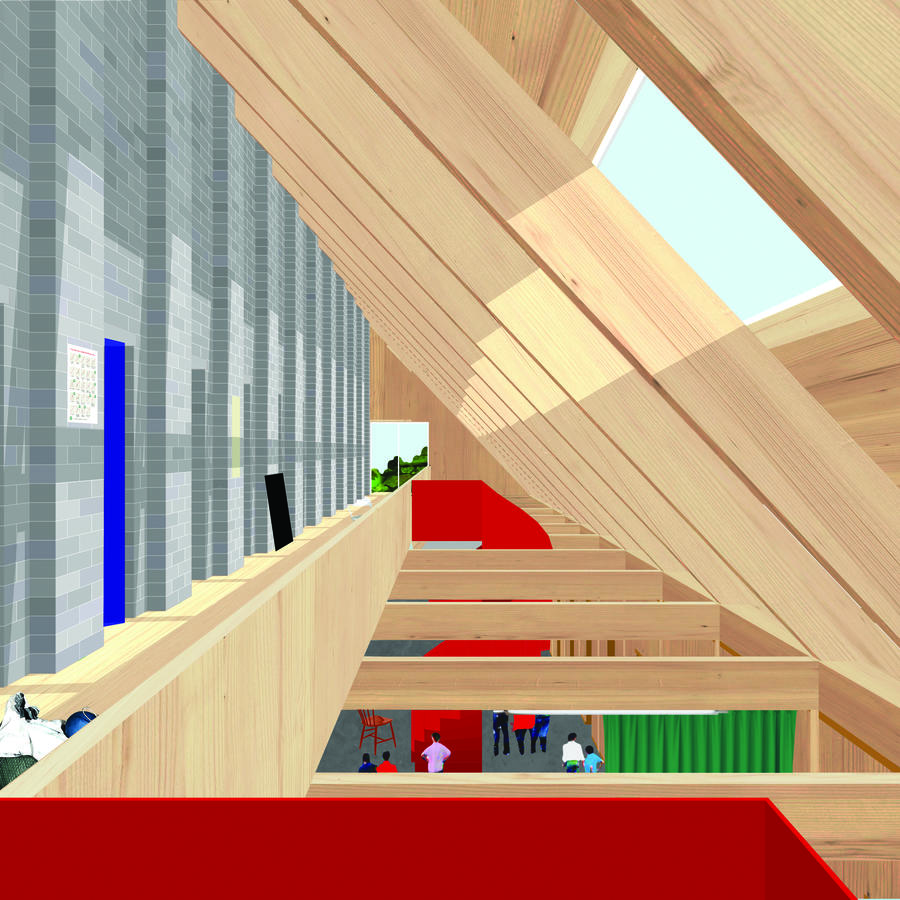On the occasion of this first book launch of the season, CIVA is pleased to welcome Pier Vittorio Aureli and Martino Tattara (Dogma) for a discussion on their new publication, Living and Working. This book, which marks the end of an ambitious theoretical and graphic project that begun with Like a Rolling Stone, The Room of One's Own and Loveless (all three published by Black Square), examines in detail the historical, present and speculative forms of the domestic sphere, between life and work, production and reproduction, private and public.
Dates
Monday, September 5, 2022
Hours
19:00
Language(s)
English
Tickets (click here)
Summary
An argument against the ideology of domesticity that separates work from home; lavishly illustrated, with architectural proposals for alternate approaches to working and living.
Despite the increasing numbers of people who now work from home, in the popular imagination the home is still understood as the sanctuary of privacy and intimacy. Living is conceptually and definitively separated from work. This book argues against such a separation, countering the prevailing ideology of domesticity with a series of architectural projects that illustrate alternative approaches. Less a monograph than a treatise, richly illustrated, the book combines historical research and design proposals to reenvision home as a cooperative structure in which it is possible to live and work and in which labor is socialized beyond the family—freeing inhabitants from the sense of property and the burden of domestic labor.
The projects aim to move the house beyond the dichotomous logic of male/female, husband/wife, breadwinner/housewife, and private/public. They include the reinvention of single-room occupancy as a new model for affordable housing; the reimagining of the simple tower-and-plinth prototype as host to a multiplicity of work activities and enlivening street life; and a plan for a modular, adaptable structure meant to house a temporary dweller. All of these design projects conceive of the house not as a commodity, the form of which is determined by its exchange value, but as an infrastructure defined by its use value.

